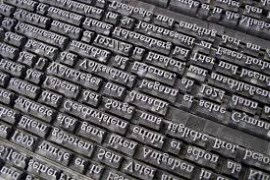The non-epistemology of intelligent design
its implications for public policy
pp. 331-379
Résumé
Intelligent design creationism (ID) is a religious belief requiring a supernatural creator’s interventions in the natural order. ID thus brings with it, as does supernatural theism by its nature, intractable epistemological difficulties. Despite these difficulties and despite ID’s defeat in Kitzmiller v. Dover Area School District (2005), ID creationists’ continuing efforts to promote the teaching of ID in public school science classrooms threaten both science education and the separation of church and state guaranteed by the U.S. Constitution. I examine the ID movement’s failure to provide either a methodology or a functional epistemology to support their supernaturalism, a deficiency that consequently leaves them without epistemic support for their creationist claims. My examination focuses primarily on ID supporter Francis Beckwith, whose published defenses of teaching ID, as well as his other relevant publications concerning education, law, and public policy, have been largely exempt from critical scrutiny. Beckwith’s work exhibits the epistemological deficiencies of the supernaturally grounded views of his ID associates and of supernaturalists in general. I preface my examination of Beckwith’s arguments with (1) philosopher of science Susan Haack’s clarification of the established naturalistic methodology and epistemology of science and (2) discussions of the views of Beckwith’s ID associates Phillip Johnson and William Dembski. Finally, I critique the religious exclusionism that Beckwith shares with his ID associates and the implications of his exclusionism for public policy.
Détails de la publication
Publié dans:
Branch Glenn, Fetzer James H. (2011) Evolution and its rivals. Synthese 178 (2).
Pages: 331-379
DOI: 10.1007/s11229-009-9539-3
Citation complète:
Forrest Barbara, 2011, The non-epistemology of intelligent design: its implications for public policy. Synthese 178 (2), Evolution and its rivals, 331-379. https://doi.org/10.1007/s11229-009-9539-3.










